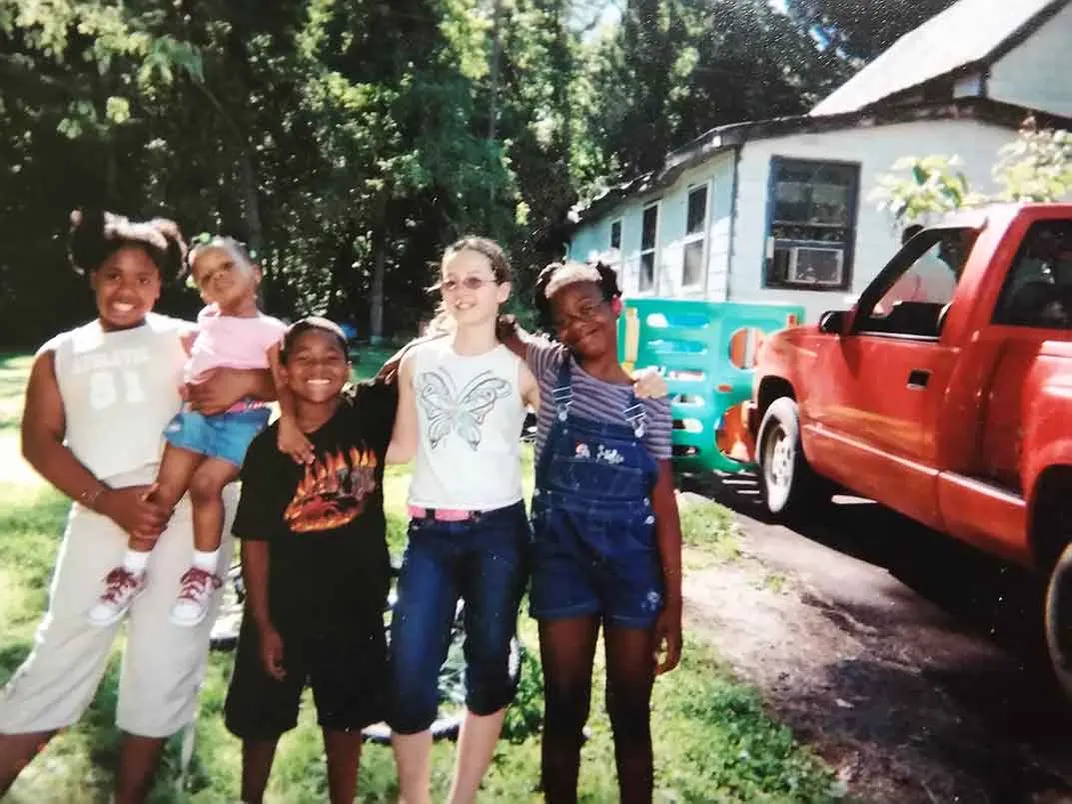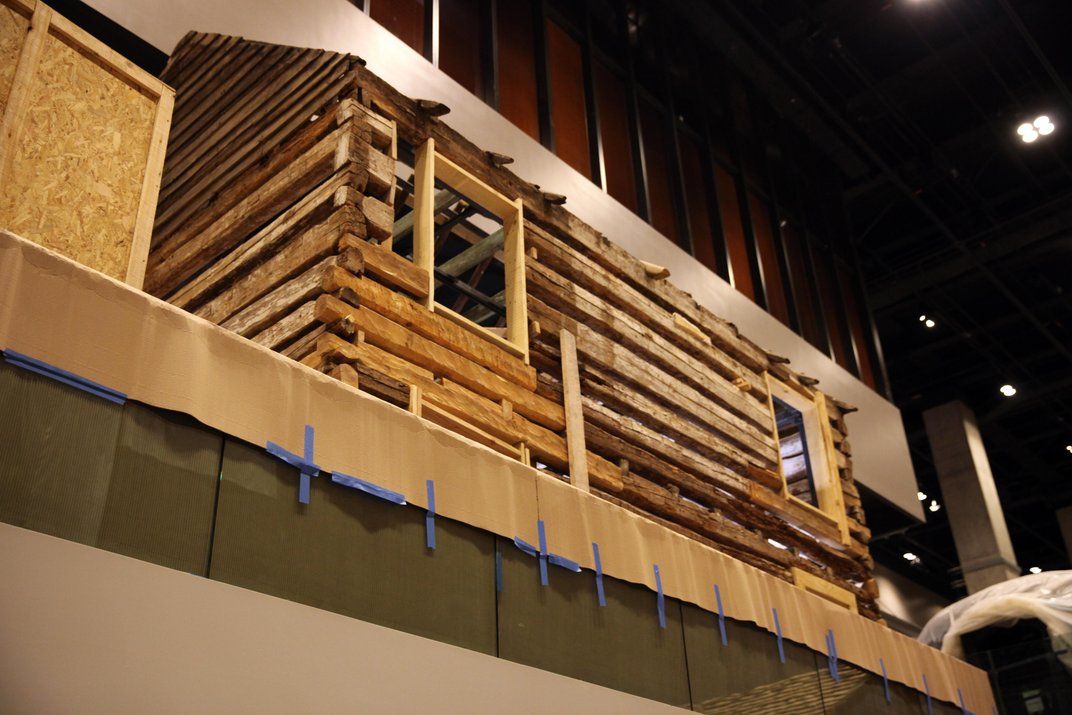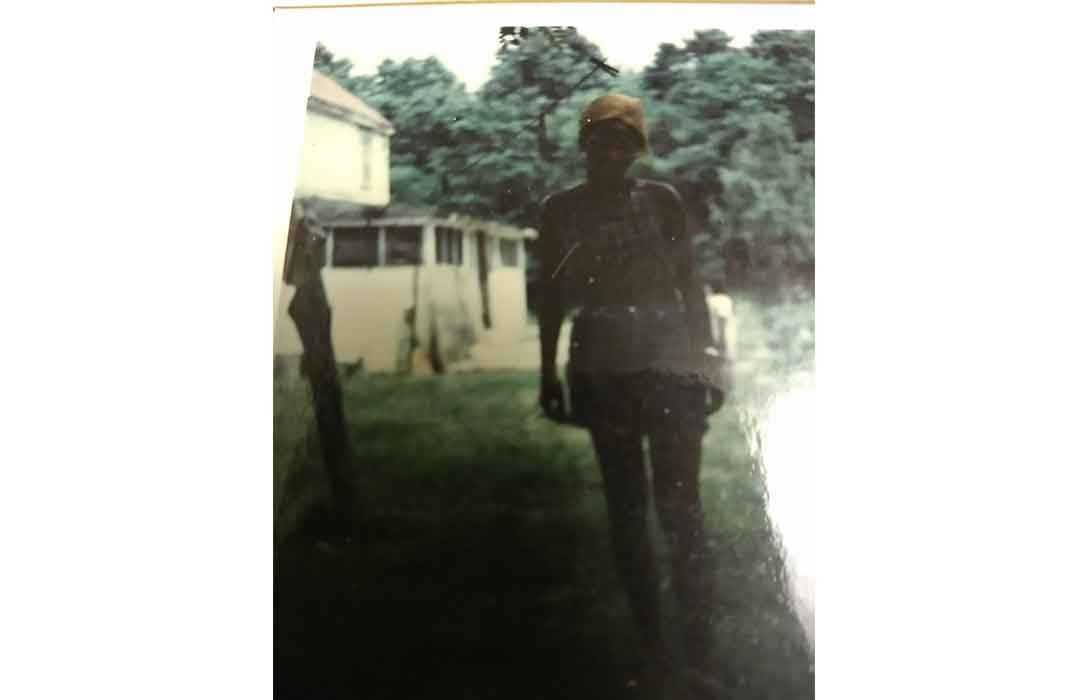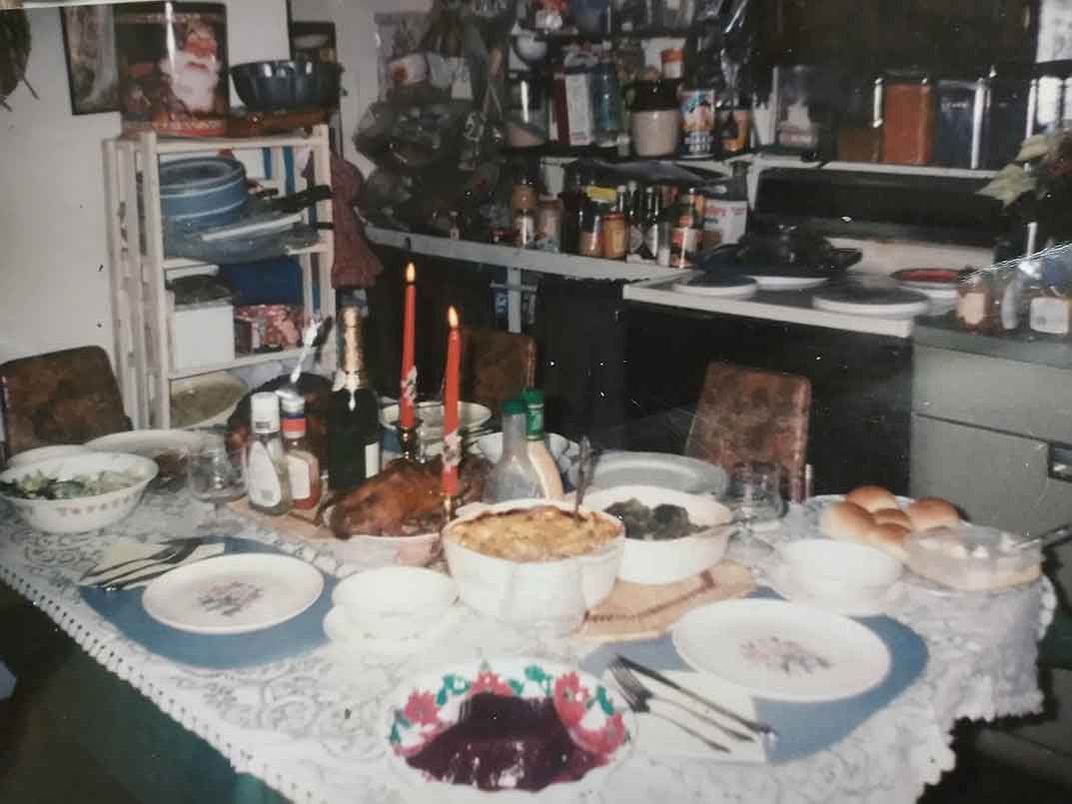For Nearly 150 Years, This One House Told a Novel Story About the African-American Experience
On view in the new museum, the woodframe dwelling evokes the aspirations and limitations of the era following enslavement
/https://tf-cmsv2-smithsonianmag-media.s3.amazonaws.com/filer/04/3d/043d0ebc-05a6-4cc3-a133-c763137fc291/img_0019jpg__1072x0_q85_upscale.jpg)
“When I was a little girl,” says Chanell Kelton, “I used to tell my friends that my house is one of the oldest houses in Maryland.”
In fact, the two-story home where Kelton took her very first steps was built around 1875. It was the first house built in what became the free African-American community of Jonesville in rural Montgomery County, Maryland. Named after its founders Richard and Erasmus Jones, ancestors who Kelton lovingly referred to as her "uncles," the community gave former slaves their first tangible taste of freedom.
“Those are my ancestors . . . . During the holidays in what we would call the old kitchen, we would always have our holiday dinners . . . and have the candles on the table,” Kelton, 32, recalls. “Just sitting down and having that meal in the original part of the house was a very spiritual moment. It felt like our ancestors were right there with us.”
That home, stripped down from 140 years of additions and siding, was acquired in 2009 by the Smithsonian’s National Museum of African American History and Culture and has been rebuilt as part of an exhibition called “Defending Freedom, Defining Freedom: The Era of Segregation.” Visitors will be able to stand inside of the house, a symbol of pride and possibilities for a family that once worked at a nearby plantation. Smithsonian staff call it the “Freedom House.”
“Written on its very bones was a giant symbol for freedom, for rising up, for coming out of slavery, for putting a stamp on the world that signified standing tall in the era following enslavement,” says curator Paul Gardullo, who explains that it is the first object he ever collected for the museum. “It has two floors—that was the thing that stood out to us as well—the way in which it stood apart and separate from what would be thought of as a slave cabin. It was a home, a tangible symbol of reconstruction. It evokes the aspirations as well as the limitations of that period.”

Gardullo says evidence shows that Richard and Erasmus Jones, who may have been brothers, were enslaved on the Aix la Chapelle plantation in Montgomery County, Maryland, where 5,400 enslaved people were held prior to the Civil War.
The first parcel in the Jonesville community was bought by Erasmus in 1866, the year after the war ended. Gardullo says Richard Jones bought the land where the “Freedom House” stood about nine years later, for $135 dollars, according to a deed in Maryland Historical Trust files.
Jonesville, now located within the city of Poolesville, was among many all-black settlements that cropped up in the area, including Jerusalem and Sugarland, joining other such communities around the nation including Rosewood in Florida and Nicodemus in Kansas.
“It was part of a network of black communities coming out of slavery in the post-emancipation era that clustered around each other for freedom, security and economic empowerment,” Gardullo explains. “Their structures reflected the needs of the community to worship as they saw fit, to educate their children in a world that hadn’t educated them before, and sustain them through living off the land that they now own.”

The Joneses built a variety of homes, and Gardullo says the construction of the house itself and the surrounding buildings help tell the story of how people who had been enslaved could build a home, like other Americans, and had the skills and wherewithal to do this in a country where they were second-class citizens. The Jones-Hall-Sims House, named for the related families who lived there over the years, is much more than simply the story of a single, beloved house.
“It’s the demonstration of a way of life that many people in America have sort of forgotten in the stereotypical story of African-Americans that many have—a story that goes like: slavery, sharecropping, urban ghetto, when it’s way more complicated than that,” Gardullo muses. “You’ve got these communities that were being created and sustaining themselves and living off the land despite economic challenges and political challenges and racial violence in some cases.”
The original house is a log building measuring approximately 16- by 25-feet, and the way it was built tells historians what the Jonesville community was like. It was crafted from hand-hewn logs from Maryland that were joined by hand. There was a kitchen—what Kelton calls the “old kitchen”—along with a chimney and fireplace. It was white-washed on the inside and outside and had a wooden floor, with an upstairs level and windows on that level as well.
“All of these things let us know the community was filled with black artisans who could do this, who were skilled at creating and constructing their own complex structures,” says Gardullo. “But having a home with two stories where you could look out over your land is more than just a sense of pride of ownership. It’s also a view to know that if there is someone coming down the road, and if you had a gun, somebody could be sitting up there watching the land. “

Montgomery County historian George McDaniel describes the Jones-Hall-Sims House as “truly the center of the historical Jonesville community.” It passed through two generations of the Jones family, was sold to Levin Hall (related to the Jones family by marriage) in 1896, and then was passed on to Hall’s descendants, the Simses, through the 1970s. Chanell Kelton says her grandparents, Paul Randolph Sims and Barbara Jean Sims, kept the house in the family until Paul Sims’ death in 2007. She says it remained the center of things in the town.
“They made sure they kept the memory alive and the spirit and the tradition and the foundation the home was built upon,” says Kelton, who was born in the home and lived there until the age of 13. “There’s not one time I can ever remember the door being locked. Even in the middle of the night anybody could just come and open the door. You could always get a full plate of food, get a drink, you always had a home to come to. Everybody knew that.”
Kelton recalls the house as a meeting place for everyone, and says her grandparents told stories about the original inhabitants of the house. It was a place where huge family reunions and pig roasts were held every year, and her grandfather continued the tradition of black artistry in the town as a craftsman in the construction field.
She says many original descendants from nearby African-American communities including Jerusalem still live in the area, and many of the families are related in various ways. Kelton says she loved growing up walking the paths of her ancestors, and eating fresh food from the garden and fruit trees planted by the home.
“It was just a wonderful experience, being surrounded right there in nature, walking through the same woods where my ancestors walked, seeing the same trees, feeling the same grass,”Kelton says. “I know my ancestors and grandparents are very thankful. I can just see them smiling down now so I’m grateful for the fact that the Smithsonian is helping to keep the legacy and the spirit of the Jones-Hall-Sims House alive.”

Back at the Smithsonian, curator Paul Gardullo notes that the house will be among the first things visitors see when they enter the main history gallery of the museum. Looking down the ramp from the “Freedom House” to the slave house the museum acquired from South Carolina, he says museum visitors will be able to compare what has changed in between.
“The real history of the house is long and deep and complex, and can’t be easily told in a museum where you are trying to use it as just one moment in time. How do we begin to have a large artifact like that with such a long and complex history have a life beyond what’s on the museum floor?” Gardullo says. “We talk about 'day two' projects. That’s one we need to grow into as an Institution—how to work with communities like what existed in what became Poolesville to make sure these histories are not static.”
But for Chanell Kelton, the home’s inclusion into the museum is the best way to pay homage to her ancestors, and their experiences. She calls it humbling.
“We still celebrate the memory of our ancestors. We’re not in Jonesville anymore but the spirit from that house lives on, . . . even if the house isn’t at 6 Jonesville Court in Poolesville. That’s one thing I’m grateful for,” Kelton says.
The National Museum of African American History and Culture opens on the National Mall on September 24.

/https://tf-cmsv2-smithsonianmag-media.s3.amazonaws.com/accounts/headshot/allison.png)
/https://tf-cmsv2-smithsonianmag-media.s3.amazonaws.com/accounts/headshot/allison.png)